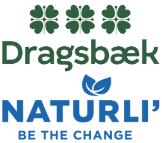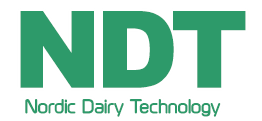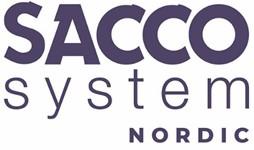
Fermentation of milk and vegetables has been applied for centuries, and its applications have been and are still being developed to the extent that it is now considered one of the solutions to feed the worlds’ growing population, in other words it has enormous potential.
This seminar will focus on this potential in addition to new improvements in the fermentation processes at the dairies and other food sectors.
With the purpose of producing more, healthier, safer and sustainable food products the seminar will address the opportunities by using diverse starter cultures, enzymatic treatment and use of flavors and ingredients .
The seminar will have both a holistic approach trying to quantify the global need for food in the future as well as a more detailed approach with examples of present and short-term achievements.
Sign-up for the seminar here: www.tilmeld.dk/cheeseandfermentedproducts

Cultures with bioprotective properties for white cheeses
Yeast and molds are common sources of spoilage in fermented dairy products such as white cheeses. Their growth can lead to defects including off-flavors, visible surface growth, or in the case of yeast, gas formation that may cause packaging to swell. The use of cultures with bioprotective properties provides an effective strategy to mitigate unwanted yeast and mold growth, as well as gas production.
The success of cultures with bioprotective properties in white cheeses depends not only on maintaining proper hygiene and ensuring a robust cold chain during storage but also on additional factors. High NaCl levels, unique matrix compositions, and extended shelf-life all influence the cultures ability to delay the outgrowth of spoilage microorganisms in white cheese. These conditions differ from those in other fermented dairy products, requiring tailored approaches for culture development specific to white cheese applications.
Furthermore, the types of yeast and mold contaminants found in white cheeses may vary compared to other fermented dairy products, further emphasizing the need for customized solutions. Addressing these challenges is essential for optimizing the functionality of cultures with bioprotective properties and enhancing the quality and stability of white cheeses.

Fermentation – An ancient technology that offers new opportunities in modern food production”
Fermentation has historically been a technology used by humans during several millenniums to preserve nutrients found in perishable food raw materials.
The technology of fermentation has since been industrialized, leading to safe and controlled fermentation, that plays an important role in reducing food waste and securing natural and sustainable food production.
It is estimated that 30% of all foods for human consumption are produced using fermentation.
The use of fermentation technology has today seen a revival where selected micro-organisms are used to improve food security, make healthier foods and reduce food waste in new food products as well as offering new opportunities for producing raw food materials
This presentation will elucidate the use and prospects of fermentation technology in modern food production

Breaking with tradition for more sustainable dairy fermentation processes
Dairy products indisputably are great nutritional sources packed with high quality proteins, energy dense fats, carbohydrates, vitamins and important minerals. Despite this, there is increasing focus on the negative aspects of dairy production, and it is frequently mentioned that dairy foods are less sustainable to produce, as compared to other foods, for instance plant-based foods. Dairy foods, however, hold a unique status in terms of nutrient availability, which is often forgotten in the debate. It is possible to make dairy production more sustainable and here some examples of this will be provided.
It will be described how cheese ripening time can be reduced significantly without the use of costly ripening accelerants. A recently developed method for producing yoghurt will also be described, a method that allows for production of longer shelf-life yoghurt at a lower cost.
The novel approaches described surely break with dairy traditions, however in times where the dairy industry is facing an increasingly uncertain future, innovation and adaptation are key to success. It is time to embrace change.

New cultures for plant based and dairy fresh-fermented – an opportunity for texture, taste and process optimization
Fermentation of dairy products is a process with a long tradition. Lactic acid bacteria like Streptococcus thermophilus, Lactobacillus ssp., Lactococcus ssp. and many others are used since centuries to produce fresh-fermented products from dairy. However, a new generation of cultures is needed, for a better control of the final products properties and a leaner production. Especially the texture and taste of the yoghurts can be significantly influenced by the culture choice, thereby allowing for a better control of the yoghurts thickness and mouthfeel, but also sweetness and acidity. Additionally, novelle cultures offer a better control of the post-acidification of the yoghurt during shelf-life.
Besides the well-known application of cultures in dairy products, cultures gained an increased interest for plant-based dairy alternatives in recent years. While plant-based raw materials are diverse and differ a lot from dairy, another generation of cultures, adapted to these raw materials was needed. Based on the raw material/culture combination, like for dairy, the final products can be tailored regarding there texture. Furthermore, the taste of fresh-fermented plant-based product can be significantly influenced by the culture, resulting in less plant-based off notes, more dairy-like flavors, and an overall cleaner taste.



























